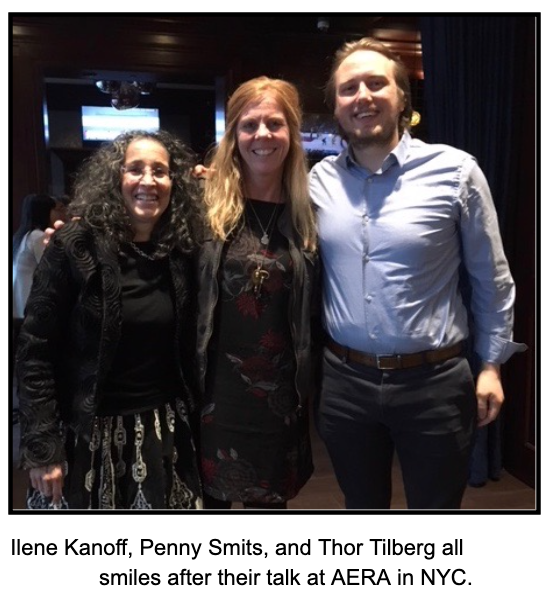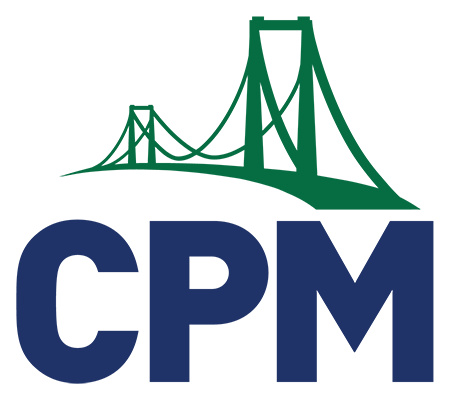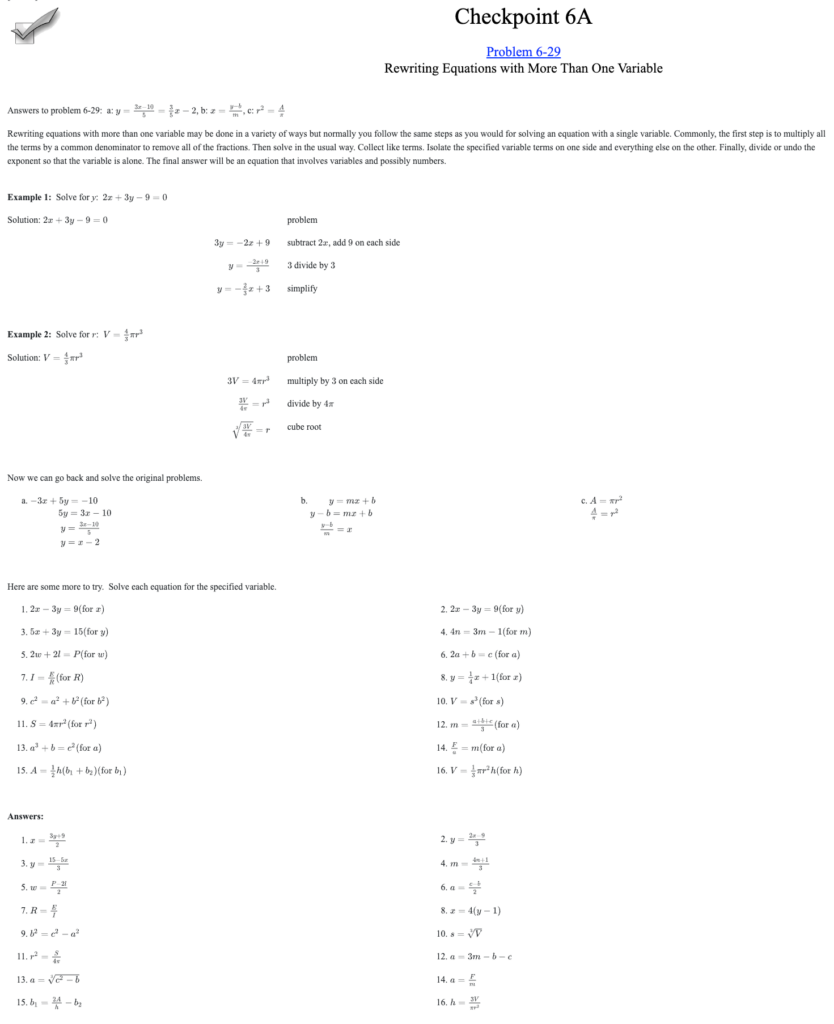Ilene Kanoff, Strafford, VT ilenekanoff@cpm.org
Penny Smits, De Pere, WI psmits@depere.k12.wi.us
Thor Tillberg, Brooklyn, NY thortillberg@cpm.org
As a new school year begins to unfold, each one of us dreams about what our year will look like. We ponder all the possibilities and begin thinking about how those possibilities can become reality in our classrooms. Like thousands of other teachers, the group of Teaching Redesign Corps (https://cpm.org/trc) teachers did the same; however, last school year was a little different. Our classroom dreams and possibilities turned into reality and became contagious as we shared them on a bigger venue.
This past April, three TRC members (Ilene Kanoff, Penny Smits, Thor Tilberg) traveled to New York City to present their paper, “How Can A Growth Mindset Culture be Created That Increases Student Willingness to Investigate Mistakes as Opportunities for Learning? A Further Investigation” at the American Educational Research Association (AERA) conference. The conference entitled, “The dreams, possibility, and necessity of public education,” was the catalyst that brought 15,000 educators and researchers from around the world together to share their findings. It did not matter whether the speaker was a university professor, a classroom teacher, or a researcher, we all had a common goal: to do what is best for students.
According to American Educational Research Association website, AERA’s mission “strives to advance knowledge about education, to encourage scholarly inquiry related to education, and to promote the use of research to improve education and serve the public good.” Founded in 1916, AERA has 25,000 members, both within the United States and internationally, who work in a variety of research areas. The goal of the organization is to provide a medium for the dissemination of research and this annual conference serves as one way for this to be accomplished.
This was the first time a TRC group’s paper was accepted by AERA and only the second time a paper was submitted for consideration. For CPM, the paper and subsequent presentation represents a milestone, in that AERA is a recognized leader in the field of education research and its application.
At the conference, there were many avenues to share research, from presentations to roundtable discussions to even poster presentations. Our research was presented at a roundtable entitled “Constructing Learning Opportunities Through Teacher Research.” The setting was a large ballroom where multiple round table discussions were occurring simultaneously. At our roundtable, there were two other teacher researchers that were presenting their research like us along with observers that were listening to our findings.
Our presentation began with sharing a common occurrence that inevitably happens in many of our classrooms when a student makes a mistake. Students crumple up their paper, hide their mistakes in a folder, or discard them as if they never happened. Student do not like making mistakes; in fact they dislike it so much that in many cases they would rather not even try. The new mantra for some is that it better to not try at all than to try and risk failure in view of their peers. Mistakes are viewed in these cases not as essential tools of learning, but as failures, something to cover up or discard. This view can be crippling in a math classroom where mistakes are inherent to the learning process.
In came the “possibility” to change this and our findings on growth mindset and mistakes.

Our group of TRC teachers set out to change not only how students felt about making mistakes, but also empower them with tools to handle mistakes once they were encountered. Our purpose was to create a culture that views mistakes as essential tools for learning by providing students with a variety of opportunities to productively learn from their own mistakes and the mistakes of others. We taught students about growth mindset and infused it into our classroom culture throughout the entire school year. When students were ready, we broached the subject of mistakes and created activities that helped students harness the power of mistakes to utilize them as a learning tool. This combination of growth mindset information and harnessing the power of mistakes transformed each one of our classrooms. No longer were valuable learning opportunities lost when students made a mistake. The possibility of transforming the classroom was no longer a dream, it was a reality. Students were embracing their mistakes and learning from them in a powerful way.
Both during and after our presentation, many who heard our message about growth mindset and mistakes urged us to “get the word out” to other teachers and organizations such as the National Council of Teachers of Mathematics (NCTM), either through journal articles or speaking at their conferences. The fellow researchers at our table communicated that our research delved into an important area for mathematical learning. Since then, Smits and Kanoff have submitted a proposal to speak about the paper at the 2019 NCTM national conference.
In addition, each of us attended sessions held through the various venues. In those talks, we learned about the work other researchers were doing and the impact on students. For example, one presentation that was attended was “What is the value of classroom talk?” presented by researcher from the University of Melbourne. With each new session we attended, we were constantly reminded of the possibilities in education that are still out there to explore in an effort to improve our teaching practice.
AERA was just the beginning of the “dream or possibility of what there is to come.” Long live the TRC as it has allowed us to continue to investigate teaching practices that are best for our students. It continues to let us dream of the possibilities, explore them and put them into practice. What an energizing platform to be a part of with others who share the same passion.
As all three researchers dream of the possibility for this upcoming school year, there is one common thread that will happen in our classrooms; the power of creating a classroom culture that involves a growth mindset and promotes mistakes as an opportunity to learn will continue to thrive in each of our classrooms. As you prepare for the upcoming school year, we challenge you to act on the dreams you have in store for your students and turn them into reality.
A special thank you to Mark Coté and Judy Kysh for their help in editing the paper so that it was AERA ready and accepted. You made the dream a possibility!


